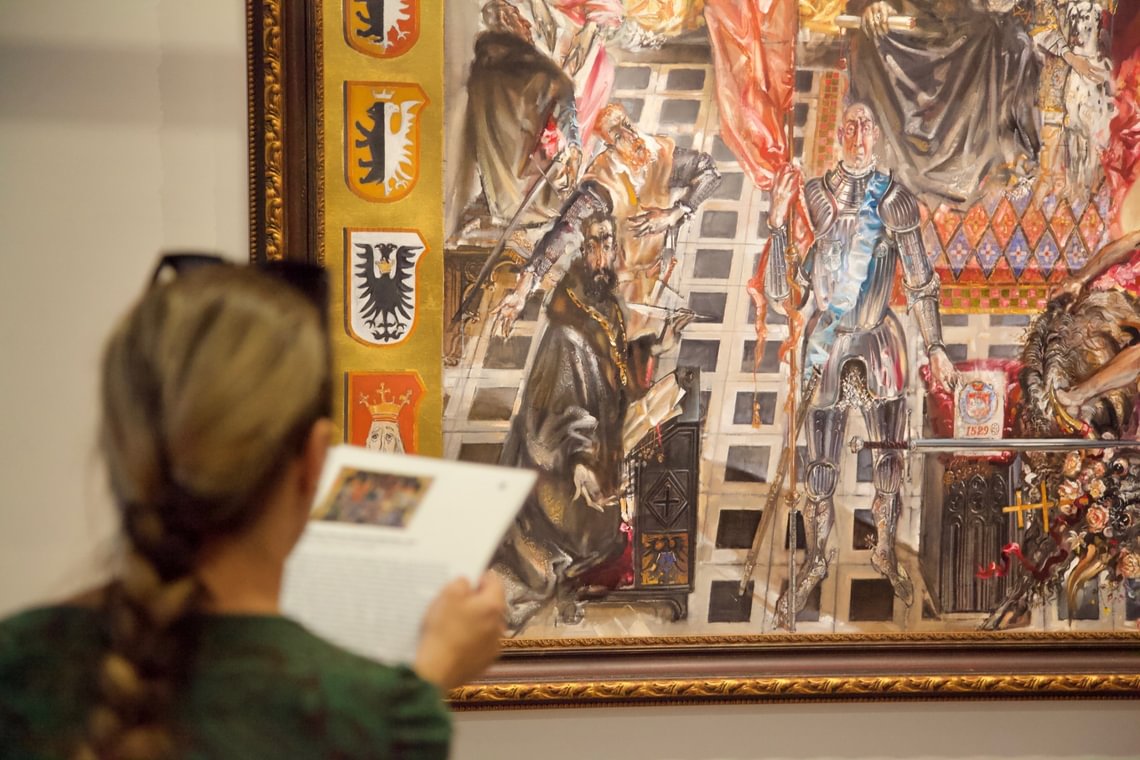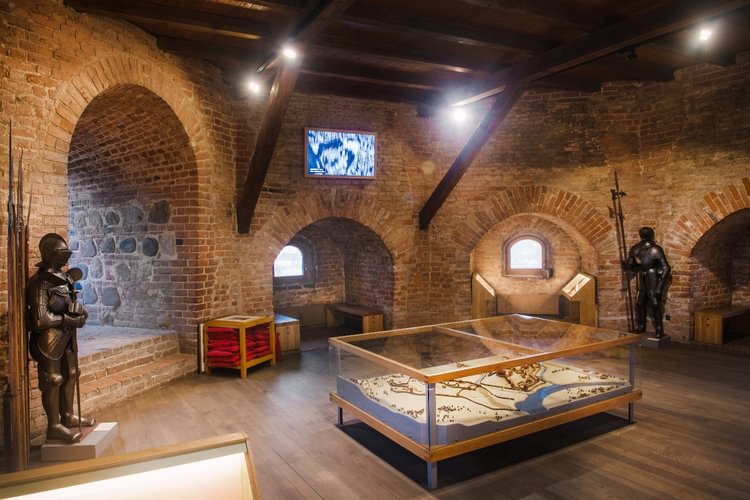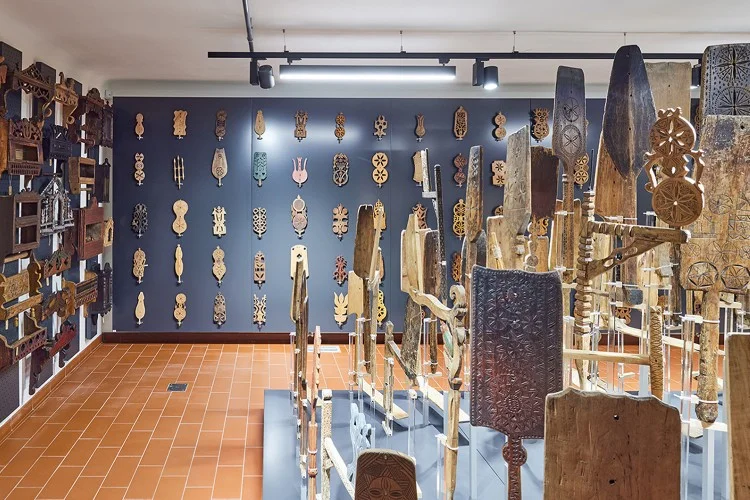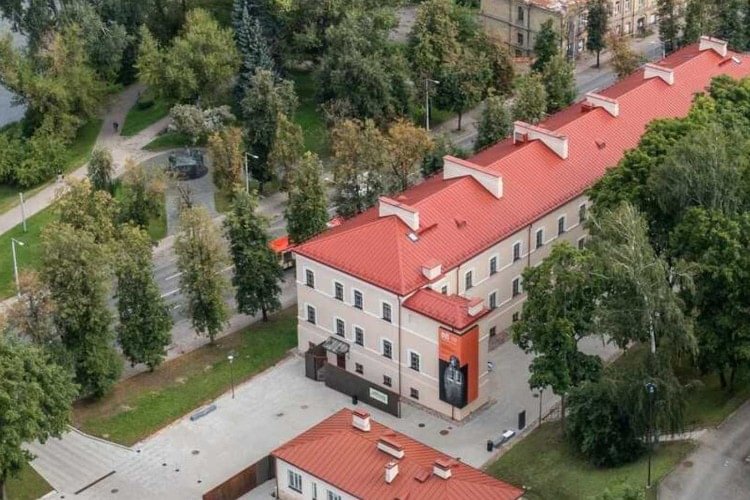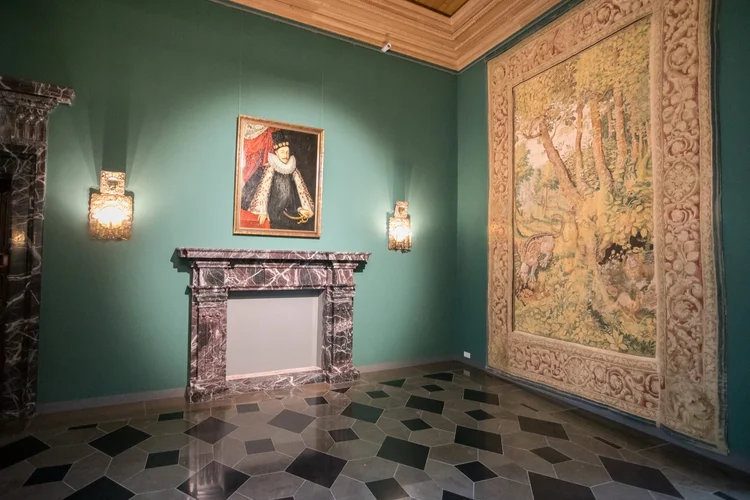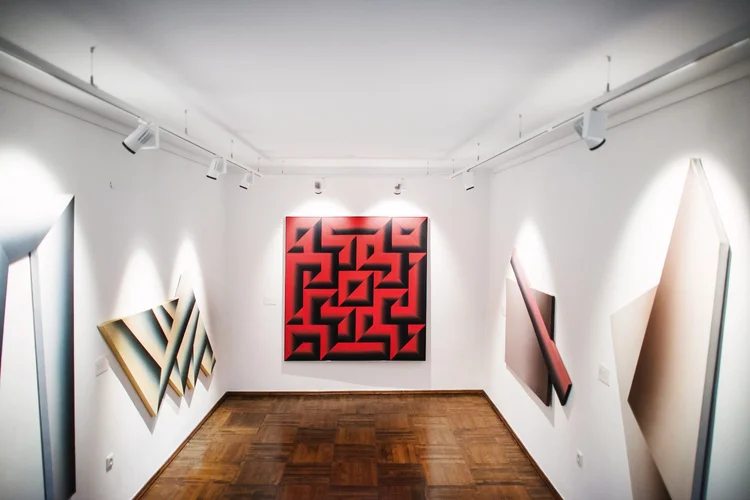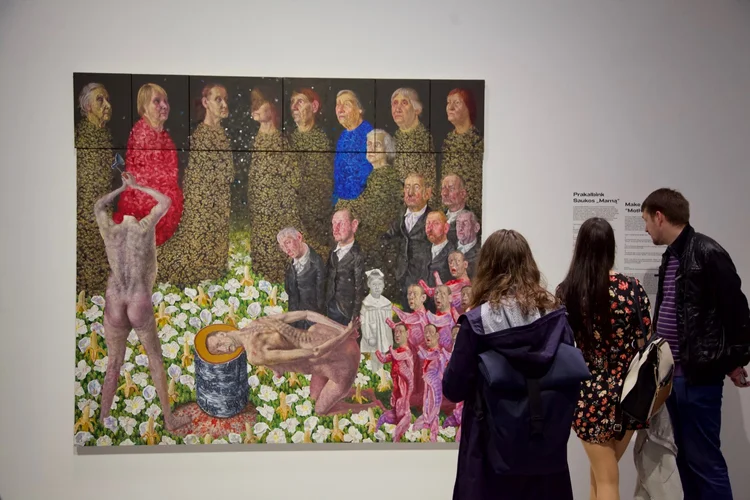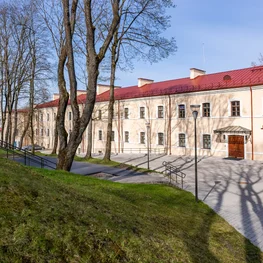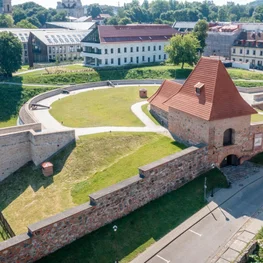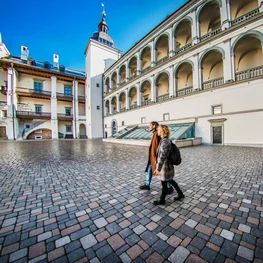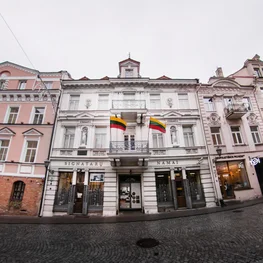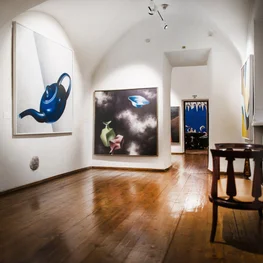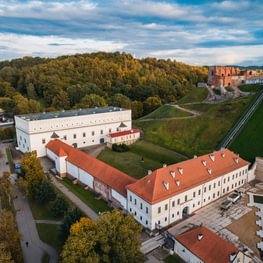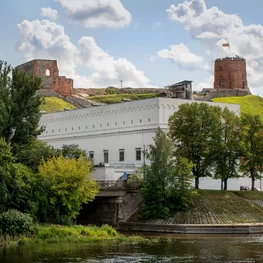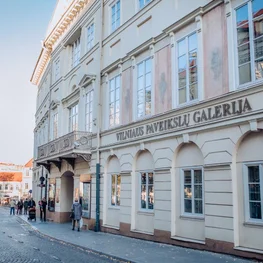The last Sunday of every month is for museums
It’s so easy to dedicate at least one day a month to visiting museums and galleries, which is why we would like to remind you that entrance to museums and galleries in Vilnius managed by the Lithuanian Ministry of Culture is free of charge on the last Sunday of each month!
If you’ve ever had the privilege of gaining free entry to the Louvre on a Sunday, you can experience the same feeling at different places throughout Vilnius, including Gediminas Tower, the House of Histories, the Palace of the Grand Dukes of Lithuania, the Kazys Varnelis House-Museum, the National Gallery of Art, the Lithuanian Theatre, the Music and Cinema Museum, Radziwiłł Palace and the Vilnius Picture Gallery. Grab your children, friends or parents and enjoy some soul-enriching discoveries.
Gediminas Tower
Taking Vilnius in and watching the sunset from Gediminas Hill is impressive, but it’s even more impressive from the top of Gediminas Tower, which offers a 360° panorama of the city. Of course, you should first take a look at the exhibition in the tower, which recounts the history of Vilnius as the political centre of the Grand Duchy of Lithuania. It also houses projectiles from the Crusader attacks in the 14th and 15th centuries, letters written by Grand Duke Gediminas to Pope John XXII and European merchants in 1322-1323, an installation about the Baltic Way that will make you feel like one of its participants and other interesting things.
Location: Arsenalo g. 5
House of Histories
Opened in 2021, the House of Histories is a space where history is presented not as a fixed past, but an ongoing creation we all contribute to. This is a place where visitors are invited to talk about the manifold conception of history and different points of view. On the basement floor of the House of Histories, you can visit the repository/exhibition, where you will see collections of Lithuanian vernacular architecture, interior and work tools dating from the 18th century to the early 20th century, and various exhibition spaces on the first and second floors. Incidentally, the exhibitions are always accompanied by workshops for visitors of all ages.
*Every last Sunday of the month, the permanent exhibition at the Ethnography Storage will be open for FREE from 11 AM to 4 PM. Groups of up to 25 people will be allowed in every hour. Tickets for temporary exhibitions will be 50% off.
Location: T. Kosciuškos g. 3
Palace of the Grand Dukes of Lithuania
Did you know that the Palace of the Grand Dukes of Lithuania, which is now a historical residence museum, was restored in 2009 after 20 years of extensive archaeological and historical research? Historical and cultural artifacts of the Lithuanian state and its rulers, archaeological collections, Gothic and Baroque works of art, and valuable Lithuanian philology material are collected, researched and presented here. On free Sundays, you can visit four museum routes, each offering new exhibits presenting the history of the Grand Duchy of Lithuania. In the restored ceremonial halls of the rulers, you will also learn about the latest discoveries of historians, armaments, everyday manor life and musical culture. In addition, museum educators and guides prepare extra surprises for free Sundays, so we recommend following the museum’s news feed!
Location: Katedros a. 4
Website: https://www.valdovurumai.lt/en
Kazys Varnelis House-Museum
At first glance, the house-museum of the famous op art representative, artist and collector Kazys Varnelis (1917-2010), resembles a small residential house, but it actually contains more than 40 exhibition halls with old graphics, Western European sculptures and paintings, maps, historical furniture, works from the Far East and the artist’s own op art compositions. Varnelis, who lived in Austria, Germany and the United States before eventually returning to Lithuania, was a passionate collector of old art and rare books, and his library had as many as 10,000 books. The artist constantly improved upon the museum exhibition and created unexpected combinations, eventually turning the museum itself into a work of art.
Location: Didžioji g. 26
Website: https://lnm.lt/en/museums/kazys-varnelis-house-museum/
National Gallery of Art
The National Gallery of Art has an impressive 11 permanent halls, where you can see over 46,000 20th-21st century Lithuanian works of art. The gallery presents modern and contemporary Lithuanian painting, sculpture, graphics, photography, objects, installations and video art. The temporary exhibition hall is used for Lithuanian and foreign 20th-21st century art exhibitions, which can usually also be viewed free of charge on the last Sunday of the month. So follow the gallery’s updates!
Location: Konstitucijos pr. 22
Website: http://www.ndg.lt/en

